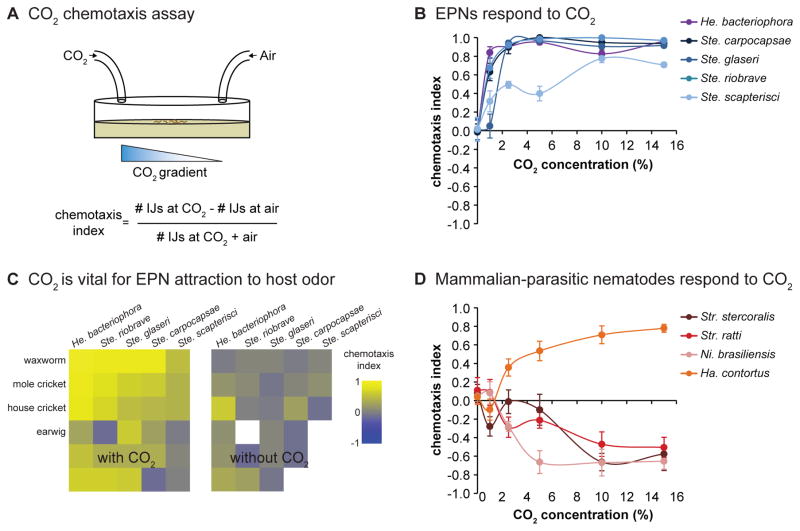Figure 2. Responses of different parasitic nematode species to CO2.
A. A CO2 chemotaxis assay. CO2 is pumped into one side of a plate, and an air control is pumped into the other side. IJs are placed in the center of the plate and allowed to migrate in the CO2 gradient for 1 hour. The number of IJs underneath the CO2 inlet and the number underneath the air inlet are then counted, and a chemotaxis index (CI) is calculated according to the formula indicated. The chemotaxis index ranges from +1 to −1, with positive values indicating attraction to CO2 and negative values indicating repulsion from CO2. B. Responses of EPNs to CO2 in a chemotaxis assay. All EPN species tested are attracted to CO2 across concentrations. Data are from Dillman et al., 2012 [11]. C. CO2 is required for normal attraction of EPNs to insect odor blends. Left, EPN responses to host odor blends in a chemotaxis assay. Right, EPN responses to host odor blends with CO2 chemically removed. Attraction of EPNs to insect odor is reduced or eliminated in the absence of CO2. Responses are shown as a heatmap; yellow indicates attraction and blue indicates repulsion. White boxes in the heatmap indicate EPN-host combinations that were not tested with CO2 removed because they were not attractive with CO2 present. Reproduced from Dillman et al., 2012 [11]. D. Responses of mammalian-parasitic nematodes to CO2 in a chemotaxis assay. The skin-penetrating nematodes Str. stercoralis, Str. ratti, and Ni. brasiliensis are repelled by CO2, while the passively ingested nematode Ha. contortus is attracted to CO2. Data are from Castelletto et al., 2014 [26].

